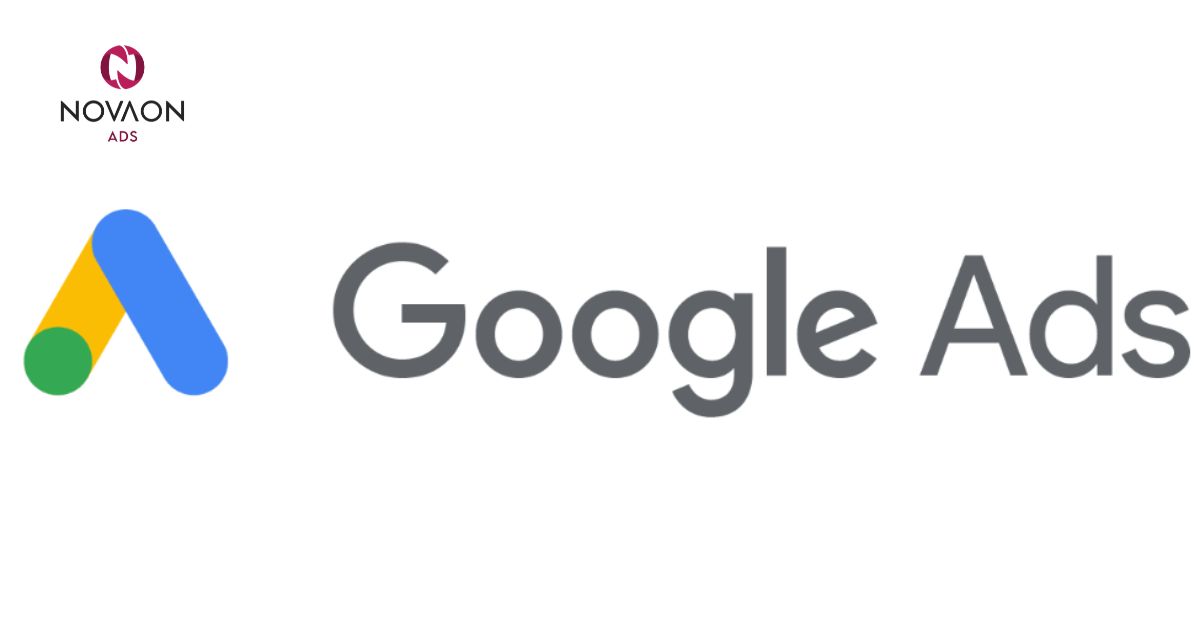In the ever-evolving landscape of digital advertising, leveraging artificial intelligence is no longer optional — it's essential. Whether you're new to Google Ads or a seasoned marketer looking to fine-tune your approach, this guide explores how Google Ads Intelligence can be a game-changing asset. From real-time insights to smarter bidding, it’s time to embrace the tools that give your campaigns the competitive edge.
I. What Is Google Ads Intelligence?

II. Why Use Google Ads Intelligence? Key Benefits That Drive Growth
1. Unlock Deeper, Actionable Insights
Google Ads Intelligence empowers marketers with a comprehensive suite of data-driven insights that go far beyond basic performance metrics. In addition to tracking real-time KPIs such as impressions, clicks, and conversions, the platform delivers granular audience data—covering demographics, interests, devices, and behaviors—that help advertisers understand exactly who is engaging and why.
Features like Auction Insights provide competitive context, revealing how your ads perform against others in the same bidding environment. Meanwhile, demographic segmentation enables you to refine ad creative and targeting for the audience segments delivering the best ROI. By integrating these insights into daily optimization efforts, marketers can turn raw data into real strategic advantages.
With this intelligence, you can make quicker, more informed decisions—adjusting bids, reallocating budgets, and testing creative variations with precision. These insights also expose blind spots in targeting, identify underperforming assets, and surface new opportunities for campaign growth. In short, this isn’t just data—it’s your blueprint for smarter, more agile advertising.
2. Identify High-Value Keywords and Market Trends
Knowing what your audience is searching for—right now—is critical to staying ahead of the competition. Google Ads Intelligence uses AI to analyze billions of queries in real-time, uncovering trending keywords, seasonal spikes, and shifting consumer intent before your competitors catch on.
For instance, an outdoor retailer may detect a surge in searches for “ultralight hiking backpacks” ahead of summer. By spotting this trend early through keyword planner and trend forecasting tools, they can quickly adjust budgets, create tailored ad copy, and build optimized landing pages that convert faster.
This proactive approach to keyword discovery, backed by data on search volume, competition, and contextual relevance, enables advertisers to stay nimble and hyper-relevant. Rather than reacting to market shifts, you can lead the conversation, aligning your campaigns with emerging trends before they hit critical mass.
3. Gain Competitive Advantage
These insights are crucial for identifying gaps in your own campaigns and finding areas where you can differentiate. Whether it's improving your quality score, adjusting your messaging, or experimenting with new placements, competitive intelligence enables smarter, faster campaign evolution.
III. How Google Ads Intelligence Works
Automated Bidding Strategies
Responsive Ad Formats
AI-Enhanced Targeting
IV. What You Can Do with Google Ads Intelligence
Use Value-Based Bidding
Provide Audience Signals
Utilize AI-Generated Ad Variations
Supply High-Quality Creative Assets
Shift to Data-Driven Attribution
Focus on New Customer Acquisition
V. Best Practices for Using Google Ads Intelligence
- Analyze Your Data Regularly: Don’t let insights gather dust. Use your campaign dashboards and Google Analytics to routinely track performance, spot trends, and identify early issues. Adjust bids, targeting, or creatives in real time.
- Run Experiments and A/B Tests: Let the data guide your creative direction. Use built-in tools to test different ad elements — from visuals to headlines. Over time, this helps you identify consistent patterns that fuel scalable success.
- Monitor Key Metrics Across Platforms: Align your ad performance with on-site behavior. Use cross-platform tracking to understand how ads influence deeper metrics like bounce rate, session duration, or multi-touch attribution.
- Stay Updated with Product Changes: Google releases updates frequently. Subscribe to newsletters, join Google Ads forums, and follow industry blogs to stay ahead of the curve.





